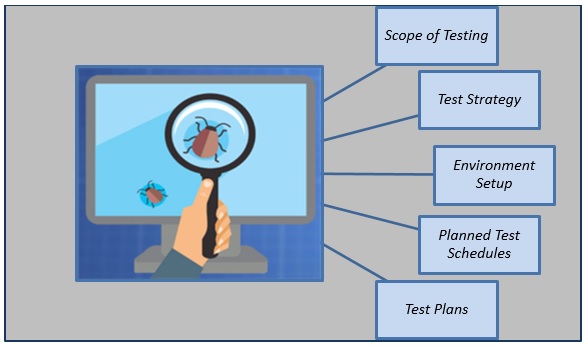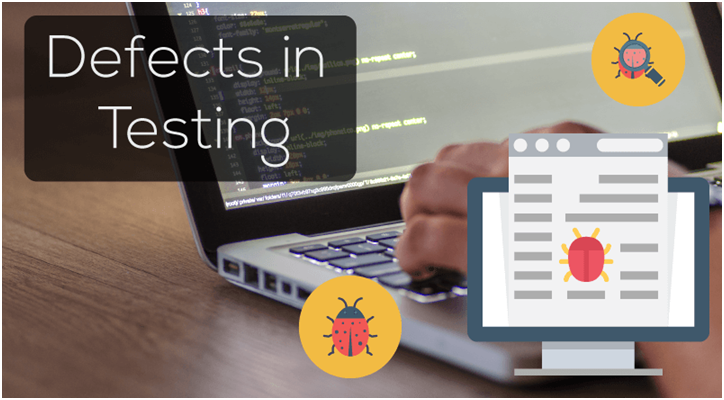“Those who cannot remember the past are condemned to repeat it” – a famous quote by George Santayana forms the core behind a successful and comprehensive software testing cycle. This feels like such an easy fundamental, but when it comes to actual implementation, it is a tough job. Not to repeat your mistakes is the ideal scenario, but missing out on that is the most practical thing that happens.
Generally, the roots of an ideal software testing scenario like in documenting the requirements in a proper and understandable manner, with thorough understanding between the end users and the software analysis teams. Understanding, analysing, evaluating and then documenting the business requirements, after final approvals from the end user teams, in a well arranged manner is the most ideal situation. Based on this, starts the testing cycle which includes a plethora of steps, one after the other and has its own lifecycle to accomplish.
But, as we say, a hitch in the building base could lead to cracks all over. Any type of loopholes or misunderstandings in the very first phase – Requirements Analysis could lead to a remarkable disturbance in the testing phases and the very important mapping of requirements to testing steps goes for a toss. However hard we may try to build the synergy between the two, there are situations which are unavoidable and lead to a turmoil. We may feel that the documented requirements are full and final, but when it actually comes to analysis, sometimes, the documentation goes against what actually the need is. Our software testing plans are completely based on the requirements analysis and here, they go for a toss. So, ideally there has to be insightful mapping of requirements to software testing plans, and the testing teams need to go a step beyond the requirements analysis team, to test what is there in the requirements documents as well as test out what is not, to ensure an encompassed view of the entire cycle.
Business owners usually are the stakeholders for requirements and there are possible chances of missing out on giving information or sharing the bridge between various interrelated projects or applications.
Impact of Requirement Gaps on Software Testing Cycle
Software testing itself is an ocean of activities, which have their own flavour, discipline and methodology. A gap in requirement could touch upon a lot of artefacts and processes in the testing phase. Here are few of the phases / artifacts that could be heavily affected:
3 Counter Measures to Lessen the Impact of Gaps on Software Testing Cycle
It is almost impossible to avoid the effect of gaps in the requirements phase onto the software testing methodologies. But, at the most, what we can try is to minimize that effect by proactively indulging in certain activities which, can later help lessen the gap. Here are 3 of the most popular and widely known measures:
- Traceability Matrix
A must tool for software testers – Traceability Matrix provides all the details of testing linking requirements to perform an impact analysis, bringing forth a large amount of comprehensiveness and transparency to the software testing strategies. It is a document that traces and maps client needs with the basic requirement document, to ensure that each and every requirement is covered in the test cases, leaving behind no case unhandled or unattended to.
- Requirements Reliability Matrix
A Requirements Reliability Matrix provides a swift identification of potential project risks which could possibly arise out of scope creep or slippage. It assists in logical categorization of requirements depending upon different criteria like type, priority etc. It turns out useful in assessment of test plans during requirements phase and to monitor delivery and non-delivery of requirements depending on release plans.
- Gap Analysis
The best possible technique to identify the difference between the current and proposed situation of any project along with its functionalities is termed as Gap Analysis. The basic fundamental of this technique depends upon the answers to basic queries: “Where are we?” and “Where do we want to be?” – The first one explains the current status of the project and the second one explains what the future status should be once the requirements are added on. Once these two questions are answered, you would get a fair idea about the gap that is existing between the current and future status of the project.
Following are the important stages involved in Gap Analysis:
- Review of Systems
- Develop Requirements
- Comparison
- Implications
- Recommendations
Software Testing Solution, your testing partner, offers a range of QA and Manual and automated software testing services encompassing the entire software release lifecycle. With a stringent focus on quality and processes, we have been implementing several testing projects in a multitude of technologies.
Request for a Free POC to test drive our services.






